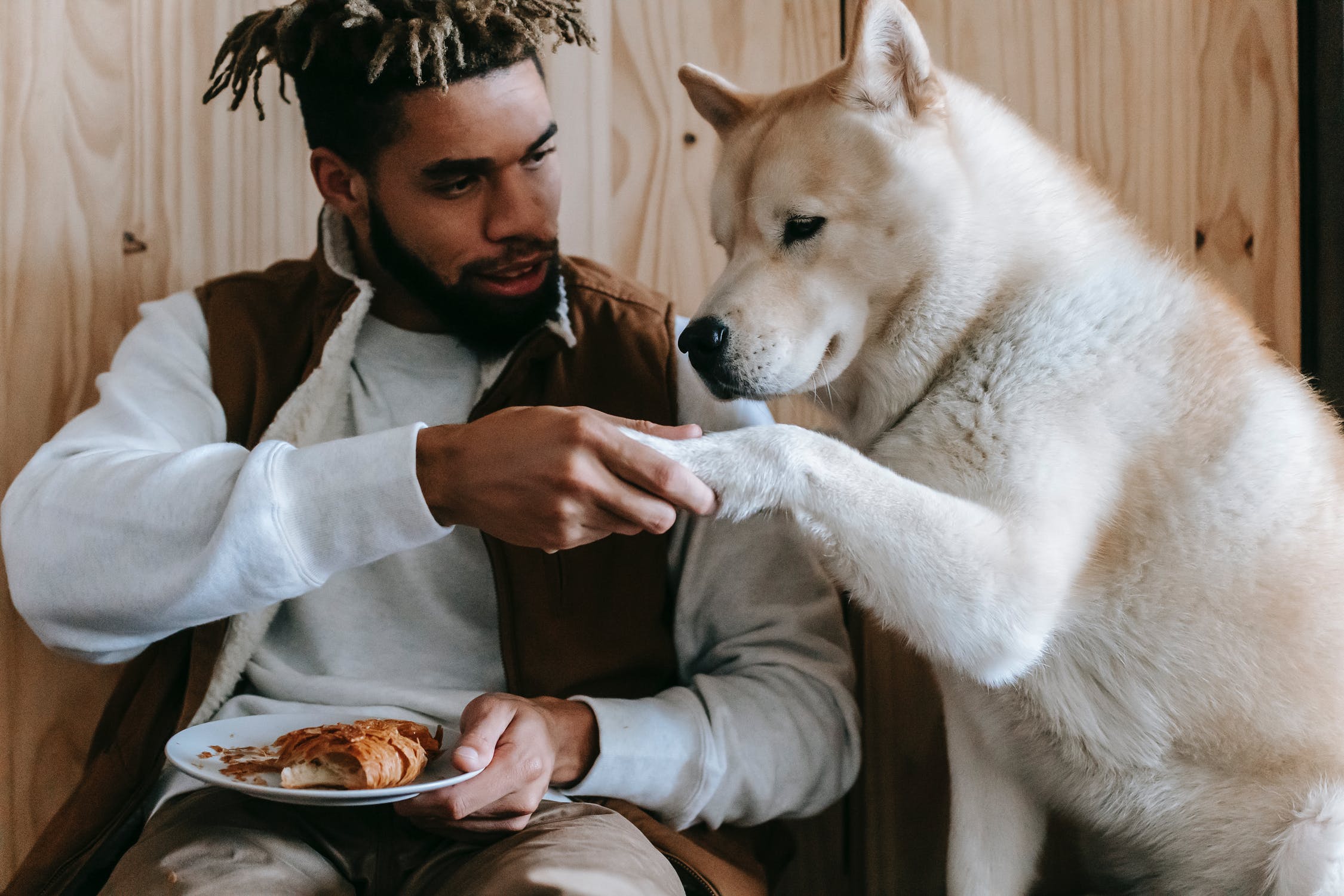When training a dog, there are seven basic commands you need to teach them. These commands are referred to as basic obedience commands. Whether you get a puppy or a fully grown dog, you must equip it with some basic obedience training. Categorically, a well-behaved puppy should be able to acknowledge seven rules to become a good dog. Are you interested in your dog getting trained? If you are in Ridgeside K9, Ohio: check out our dog lessons in Ohio for all comprehensive training sessions.
The Seven basic commands are used on a routine basis to help them stay safe and well-behaved. With 10-15minute practice sessions daily, most pets can master these skills within a period of one or two weeks. Although there are hundreds of commands, our canine friends need to learn the seven basic commands which help them be social, friendly, and controlled.
Here are the seven basic commands:
Name Recognition
All dogs should know how to respond vivaciously to their name while also providing focus and eye contact. Most pet owners assume that dogs know their names and will eventually associate their names with the sound of the owner calling. You will use your dog’s name to get his attention away from unwanted situations, capture his attention to ask for command, and call his name from a pack of dogs in a household. Steps to teach your dog his name include capturing his or her attention and rewarding him, teaching its name in different places, teaching its name with additional instructions, and teaching its name in a distance
Sit
Most canine experts recommend that one of the first concepts you should teach your dog is to sit. It’s easy for pets who are new to the learning process. It’s also a transition command, and once a dog can sit, it can listen to other complicated directives such as “stay” and “come.” You can teach your dog the sit command by holding a treat next to its nose, moving your hand up and down, allowing him permission to follow the treat; as you do this, its bottom will move towards the floor. Once he sits, praise him and give him the treat.
You can treat this sequence every day until your dog masters it.
Down
Teaching a dog to lay down can help it stay safe. You can teach your dog to lay down using the following steps:
First, Instruct your dog to follow the treat in a downward position. Congratulate it and reward it with a treat. Second, practice this habit in several regular sessions. Third, when your dog follows the treat in a downwards position, you can utter the word “down” as it is going to that position. Lastly, practice this activity in several sessions until the dog completely understands.
You can practice this activity in different places such as the garden or local park to instill this habit.
Stay
A well-mannered dog who knows how to stay won’t run off to the street if he or she happens to get loose. Hence it’s an essential skill for any dog to learn. Most experts recommend teaching the habit when a dog is hungry and tired of being too hyper to focus. Most dogs take a few days to understand, but it might take a few weeks to master it. Since it is an essential skill that can save a life, it is advisable always to have treats to instill the behavior.
No
A couple of trainers teach both ‘no’ and ‘leave it ‘depending on the situation. Dogs learn by reinforcement measures and rewards. Most training sessions are successful by rewarding good behavior and disregarding unwanted responses. Rather than constantly telling it “No,” you can use a more humane approach like saying “leave.” This simple action teaches a dog to leave when he or she is doing something inappropriate and focus its energies on something else. This exercise is essential as it helps leave dangerous items and get the dog to focus on you.
Heel
Dogs of all sizes need to learn how to heel, most essentially in busy urban areas with no room to walk on sidewalks. This skill is more crucial for large or strong dogs who can naturally pull off the leash. Once your dog can heel, it will be good for you during walks.
Off
Jumping on guests and furniture is one of the most common misbehaviors. You can get your dog to not jump by turning your back when he or she jumps.

